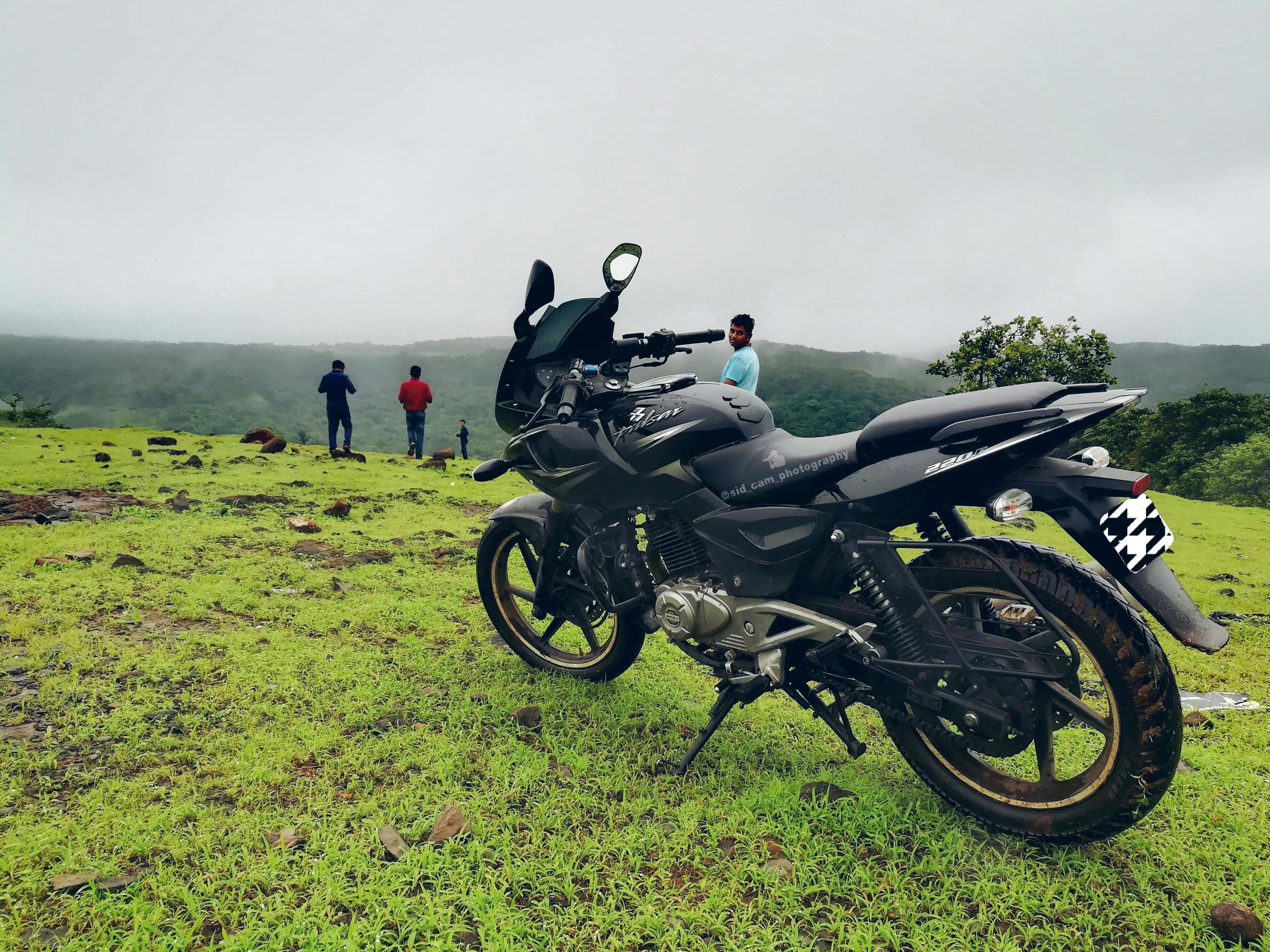Implications of the Illegal Arowana Trade: Lifting the Liability Ban
The history of the Asian Arowanas Scleropages formosus and CITES is well known to most Arowana enthusiasts. Its classification in Appendix I has restricted and regulated its trade for decades. Successful captive breeding of Arowanas on CITES-certified farms in Indonesia, Malaysia and Singapore resulted in a relaxation of the international ban on their export years ago. Today, their CITES status no longer prevents access to captive-bred Arowanas. Thanks to the hard efforts of CITES-certified farms, many hobbyists around the world now have access to quality, legally imported, captive-bred Asian Arowanas.
But for many Arowana fans, including those in the United States, Asian Arowanas are still off limits due to endangered species classifications. It is illegal to possess, sell, or import Asian arowanas in the US and several other countries. Frustrations with what many see as outdated or unnecessary laws have contributed to illegal trade operations in many, if not all, of these places. Such illegal trade causes immeasurable harm to the Arowana in ways few stop to consider.
What damage can it do?
Think it can’t hurt to just buy yourself an illegal Arowana? It depends on how you define “pain” and how much responsibility you are willing to take for the implications of your actions.
Are you considering smuggling a legally obtained captive-bred specimen from a neighboring country? How many times is this likely to be allowed before that country restricts Arowana imports? What international message is sent when countries that legally import Arowanas do not regulate the populations?
Consider, too, that microchipping and CITES certification ensure that every legally exported and imported Arowana can be traced back to its farm of origin. Despite rigorous and costly efforts by farms to comply with international law, the illegal trade ultimately undermines all attempts at distribution. Where did your illegal, captive-bred Arowana come from? How would the farm feel about you illegally possessing one of their tediously bred and bred Arowanas?
Smuggling a captive-bred Arowana may not directly compromise wild populations. But having to go after captive-bred Arowana smugglers detracts from the resources of law enforcement agencies. While you are monitored and eventually captured and prosecuted for smuggling a captive-bred and legally traded Arowana, how many illegally exported or wild-caught specimens were sold out of control while you hired law enforcement?
Passion and patience breed more than conscience
While you (and many others) may not agree with laws restricting access to Asian Arowanas, consider the implications such restrictions have had in the past. If not for their initial CITES listing, captive breeding of Asian Arowanas would likely never have evolved to its current level of success. It is doubtful that microchips and the science of genetics that now protects and improves the quality of Arowana have been developed. When the wild populations went extinct, our access to Arowanas would have been restricted forever.
The Arowana farming industry has made remarkable and unprecedented strides not only in breeding, but also in developing the latest in Arowana care products and practices. As a result, there is more quality information and support available to hobbyists than ever before. Not only are they supplying the best quality Arowanas the world can produce, but CITES certified farms are now making sure the world takes good care of them!
Agricultural research and practices continue to develop and expand to serve the newly expanding Arowana market. Their efforts benefit both Arowanas and fans on a massive global scale. Perhaps more good things can come to light if the gradual lifting of the remaining Arowana bans keeps pace with the high standards and best practices of today’s agricultural industry. Like illegal trade, unscrupulous or compromised legal breeding and trade cannot benefit arowanas in the long run.

Leave a Reply